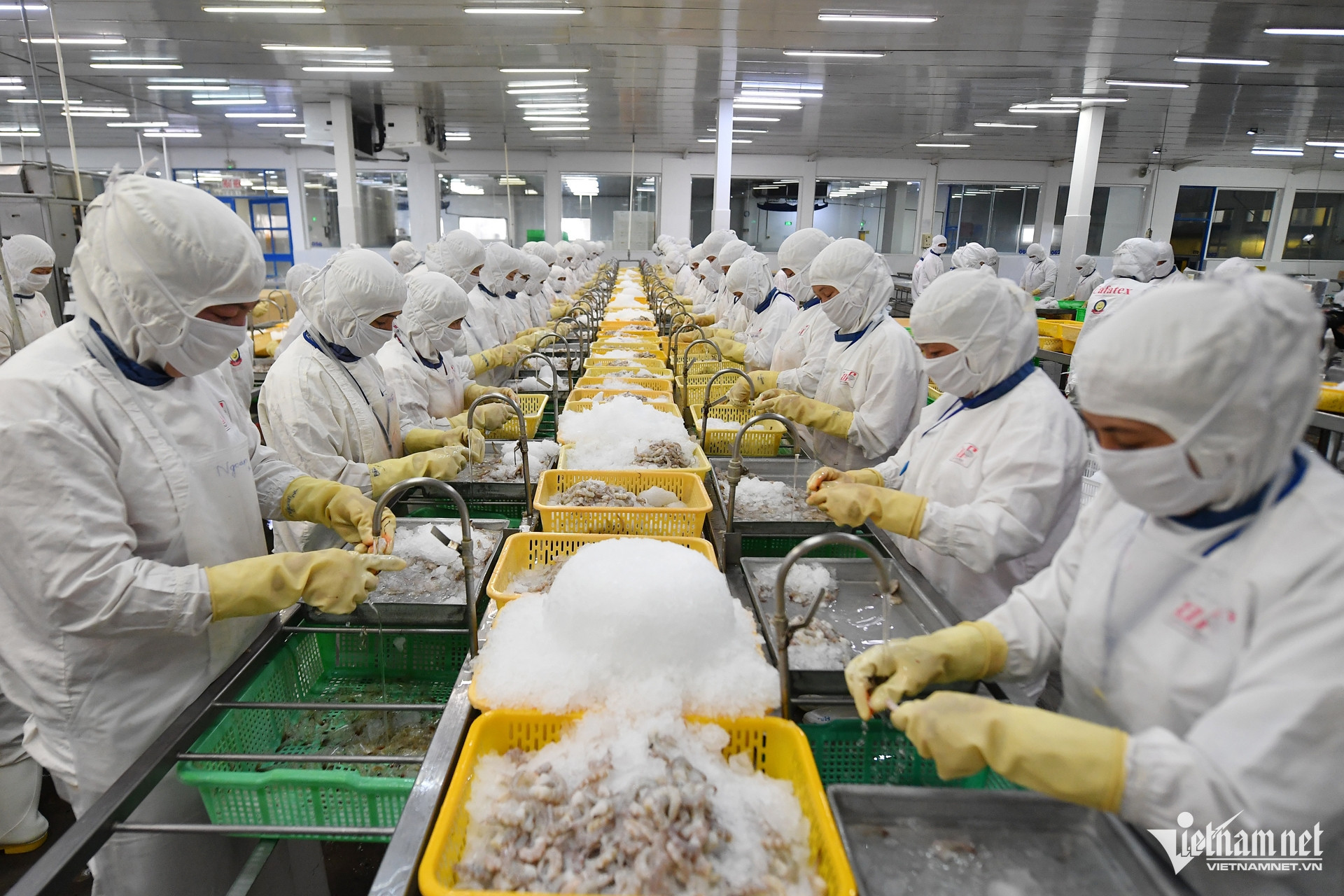
According to the Vietnam Association of Seafood Exporters and Producers (VASEP), Vietnam’s shrimp exports in the first half of 2025 saw a strong recovery after a subdued period. Total export value grew impressively, with whiteleg shrimp maintaining its lead at over 60% of total exports, followed by black tiger shrimp and a growing segment labeled “other shrimp,” which surged by 124%. This growth reflects successful product diversification and positioning across specialized market segments.
Between January and June 2025, Vietnam’s shrimp exports to China (including Hong Kong) reached nearly USD 595 million, up more than 80% year-on-year. This marks the first time China has overtaken the US as Vietnam’s largest shrimp buyer.
The surge is driven primarily by rising summer demand in China, especially for premium products such as lobster. Domestic supply shortages have also boosted import volumes. Vietnam’s geographical proximity, competitive pricing, and improved supply capabilities have helped its shrimp gain a stronger foothold in this high-potential market.
Besides China, exports to traditional markets like Japan, South Korea, and the European Union continue to show positive growth. Japan retains its position as the third-largest market, fueled by strong demand for ready-to-eat, deeply processed shrimp products.
In Europe, Vietnamese exporters have leveraged tax incentives under the EU-Vietnam Free Trade Agreement (EVFTA), gaining a significant edge over regional competitors like Thailand and Indonesia that lack such preferential access.
Conversely, exports to the US face mounting challenges. While shipments in the first half of 2025 rose 13% to USD 341 million, much of that volume came from accelerated orders in May, as exporters rushed to beat incoming tariffs. In June alone, exports to the US dropped by 37%.
Beginning in April, the administration of President Donald Trump imposed a 10% retaliatory tariff on several imported goods, including shrimp. This rate was raised to 20% in July and will officially take effect on August 1. Vietnamese exporters also face the prospect of a preliminary anti-dumping duty (estimated above 35%) and potential countervailing duties by year-end.
Frequent changes in tariff policy have made US importers more cautious and complicated production planning and pricing for Vietnamese exporters. As a result, pivoting to markets like China is seen as a key strategy to mitigate risks.
International market trends have quickly influenced domestic shrimp prices. In July, whiteleg shrimp prices at farms surged, especially for the 30-40 count/kg size, rising by roughly VND 5,000 (about USD 0.20) per kg within two weeks. The main driver has been processors aggressively purchasing stock to meet delivery deadlines ahead of the US tariff hike.
Large-sized black tiger shrimp have also reached their highest price point since the beginning of the year, at around VND 201,000/kg (approximately USD 7.85), due to limited supply and stable demand from foreign buyers.
VASEP predicts that shrimp exports may plateau in the coming months following the intense order activity in May and June. While the temporary delay in US tariff enforcement until early August provides a window of opportunity for some businesses, long-term prospects hinge on final trade policy decisions and the industry’s ability to diversify export markets.
In response to growing uncertainty in the US market, many shrimp companies are restructuring their development strategies. Priorities include maximizing the benefits of trade agreements like EVFTA and CPTPP, expanding value-added processing, and ensuring transparent traceability to meet strict import standards.
VASEP emphasizes that with rising production costs, companies must optimize the entire value chain - from certified farming and disease control to processing and logistics. Financial and legal adaptability amid shifting global policies will be critical to sustaining growth and maintaining competitiveness in international markets.
PV